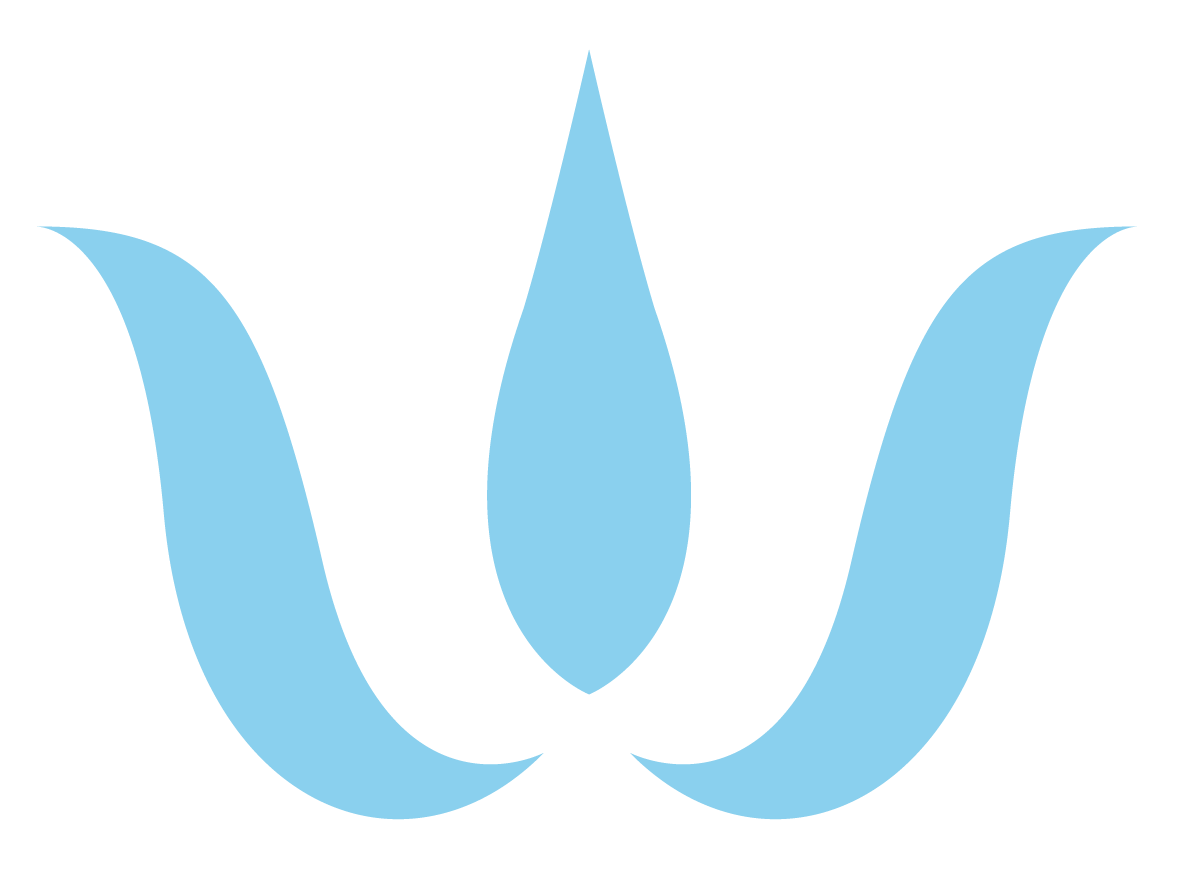Top Massage Techniques to Enhance Post-Workout Recovery
Author: Dr. David Teasel, DC
Top Massage Techniques to Enhance Post-Workout Recovery
Recovering well after workouts is just as important as the training itself. Smart recovery helps reduce soreness, restore range of motion, and get you back to peak performance sooner. One of the most effective recovery tools athletes and fitness enthusiasts use is massage — but not all massage is the same. In this guide we’ll explain the best massage techniques for post-workout recovery, when to use them, the science behind the benefits, and practical tips so you get more out of every session.
Why massage helps after exercise
After intense exercise your muscles experience small-scale damage, inflammation, fluid shifts, and metabolic by-products that contribute to delayed onset muscle soreness (DOMS) and stiffness. A growing body of research shows massage can reduce perceived soreness, support circulation and lymphatic clearance, and improve short-term muscle function and flexibility. Several systematic reviews and randomized trials support massage as an effective intervention to reduce DOMS and markers of muscle damage when applied appropriately.
Top massage techniques for post-workout recovery
Effleurage (Light Swedish strokes) — best immediately post-session
Effleurage are long, gliding strokes directed toward the heart. These gentle movements help warm tissue, encourage venous return and lymphatic flow, and soothe the nervous system — making them ideal right after a workout to support metabolic waste clearance and transition your body out of a sympathetic (fight/flight) state. Clinical resources note effleurage as a foundational technique for improving circulation and relaxation.
Petrissage (Kneading) — relieve tightness and improve mobility
Petrissage involves lifting, rolling, and compressing soft tissue. Applied to worked muscles (quads, hamstrings, glutes, shoulders), it helps break up adhesions and improves tissue extensibility. Evidence shows kneading-type techniques can improve range of motion and reduce the feeling of stiffness after exercise. Use moderate pressure when soreness is present; deeper work is better deferred until acute inflammation reduces.
Deep tissue & trigger-point therapy — target stubborn knots (24–72 hours)
When knots or persistent tight bands reduce performance, targeted deep tissue or trigger-point work can release chronically tight fascial layers and improve mobility. Studies show deep techniques can decrease pain and improve function over weeks when combined with stretching and exercise, but they should be applied by trained therapists to avoid excessive tissue trauma.
Percussive (massage guns) & vibration — fast relief for muscle tone
Percussive devices deliver rapid pulses to muscle fibers and are increasingly used by athletes. Recent controlled studies indicate percussive therapy can reduce muscle tone and stiffness, improve short-term flexibility, and complement manual massage when used properly. They are particularly useful for targeting deep or hard-to-reach muscles but should be avoided directly over inflamed or injured tissue.
Lymphatic drainage & light compression — reduce swelling and fluid retention
For athletes with localized swelling (ankle sprains, post-surgical edema) or general puffiness, gentle lymphatic drainage strokes and compression can speed fluid return and reduce discomfort. This technique focuses on superficial, rhythmic strokes toward lymph nodes and pairs well with movement and hydration. Trusted health sources describe lymphatic work as helpful for removing interstitial fluid and supporting recovery.
When to schedule which massage
Within 30–60 minutes after exercise: light effleurage and gentle petrissage to stimulate circulation and calm soreness.
24–72 hours later (peak DOMS window): more targeted work — petrissage, trigger point release, or percussive therapy — to address stiffness and reduced range of motion. Several reviews show massage in this window reduces perceived soreness.
Recovery/maintenance days: full-body Swedish or sports massage (30–60 minutes) to promote relaxation, improve sleep quality and maintain tissue health.
Practical tips to maximize your massage recovery
Hydrate and move
Massage moves fluids; drinking water before and after helps clear metabolic waste. Light movement (walking, gentle cycling, ankle pumps) keeps lymph and venous flow active and compounds benefits.
Combine with compression and heat/ice when appropriate
Compression, contrast baths, or targeted heat can complement massage for swelling and circulation. Use ice for acute inflammation and heat for chronic stiffness — and coordinate with your therapist for the best plan.
Communicate with your therapist
Tell your therapist about soreness timing, recent workouts, injuries, and goals (relaxation vs performance recovery). This ensures technique, pressure, and timing match your needs and reduces risk of aggravating tissue.
Frequently Asked Questions About Massage Therapy for Faster Post-Workout Recovery
Will massage speed up muscle growth or strength gains?
Massage helps recovery (less soreness, better flexibility), but it isn’t a direct shortcut to increased muscle size or strength. It creates a better environment for consistent training and performance.
Can I get a deep tissue massage right after a heavy lift?
It’s usually better to wait 24–48 hours for deep, aggressive work. Immediately post-workout, choose lighter strokes to avoid additional tissue stress.
How often should athletes get recovery massage?
Frequency depends on training load. High-volume blocks may benefit from 1–2 sessions per week; lighter training may only need bi-weekly or monthly maintenance. Coordinate with sleep, nutrition, and your program.
Enhance Your Recovery and Well-Being — Book a Massage at The Winchester Institute
Massage is a strategic recovery tool — not a magic bullet — but when matched to the right technique, timing, and athlete goals it meaningfully reduces soreness, restores mobility, and supports consistent training. Whether you’re chasing PRs, recovering from a tough session, or simply want less stiffness and better sleep, targeted post-workout massage should be part of your recovery playbook.
Ready to accelerate your recovery and feel your best after training? Book a customized post-workout recovery session with the certified therapists at The Winchester Institute. Our team will assess your needs, select the ideal combination of techniques (effleurage, petrissage, deep release, percussive therapy, or lymphatic drainage), and build a recovery plan that fits your training schedule. Schedule your recovery massage today →
